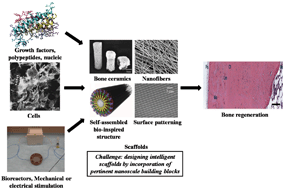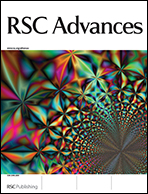Scaffolds for bone tissue engineering: role of surface patterning on osteoblast response
Abstract
The fabrication of tissue engineering scaffolds necessitates amalgamation of a multitude of attributes including a desirable porosity to encourage vascular invasion, desired surface chemistry for controlled deposition of calcium phosphate-based

- This article is part of the themed collection: Bioactive surfaces for hard tissue regeneration

 Please wait while we load your content...
Please wait while we load your content...